In 2020, the Vitra Campus in Weil am Rhein, Germany, welcomed the commencement of a new garden project by renowned Dutch designer Piet Oudolf. This 4000 m² garden, still in its nascent stage, promises to offer visitors a captivating experience amidst artfully arranged wilderness.
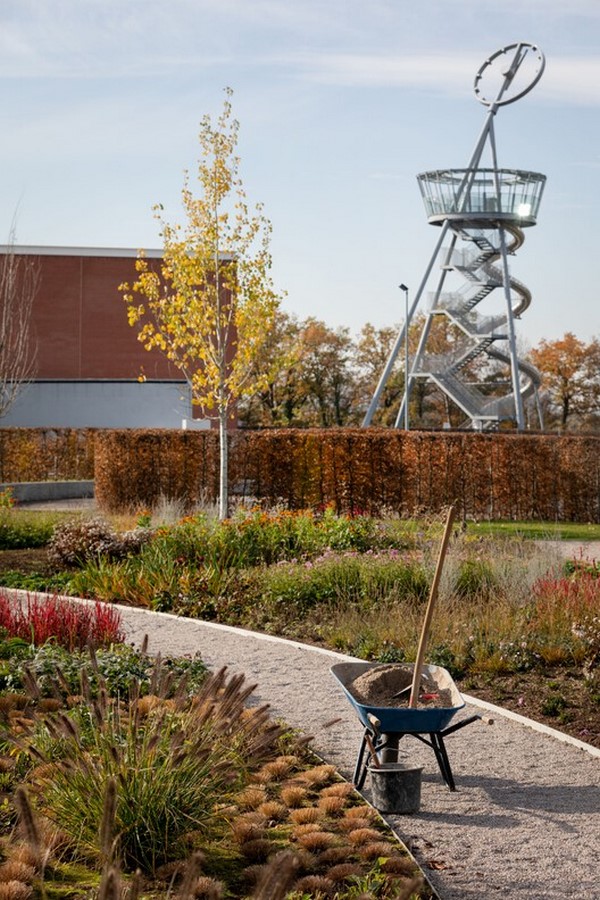
Pioneer of a Movement
Piet Oudolf, a 75-year-old Dutch designer, is hailed as a trailblazer in the world of garden design. Alongside a generation of designers, Oudolf challenged conventional landscaping practices in the late 1980s, opting for perennial plants and unconventional layouts that fostered sustainability and reduced resource consumption.
A Gardener’s Perspective
Despite his acclaim, Oudolf humbly refers to himself as a gardener. His portfolio boasts prestigious commissions worldwide, including projects for Hauser & Wirth Somerset, the Serpentine Galleries, and the Venice Biennale. Notably, his High Line project in New York sparked a new discourse on urban gardening.
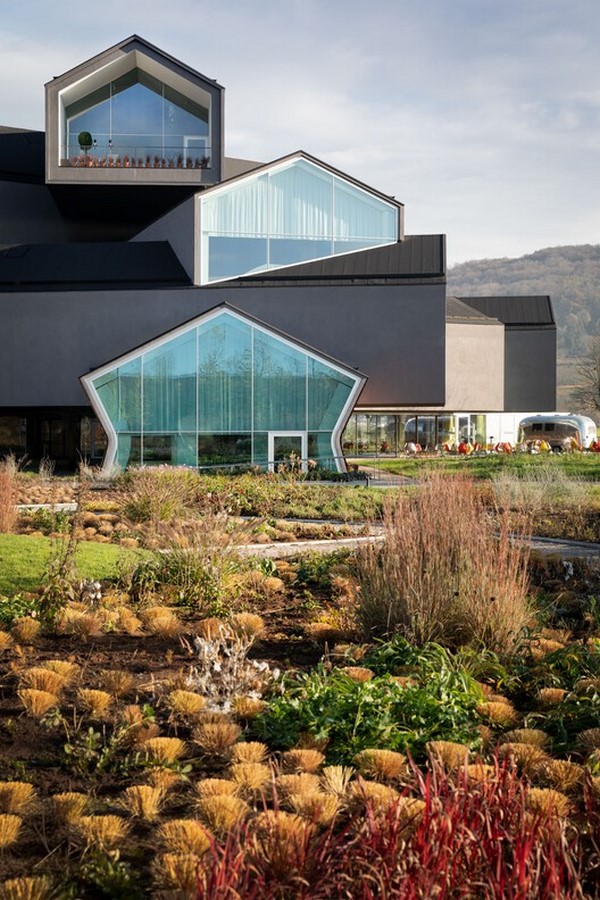
Balancing Nature and Design
Oudolf’s designs, characterized by a seemingly wild appearance, are meticulously planned compositions that blend seamlessly with their surroundings. His gardens, devoid of rigid geometry, invite visitors to lose themselves in a sensory experience that celebrates nature’s diversity and cycles of growth and decay.
The Art of Planting
Behind Oudolf’s enchanting landscapes lies meticulous organization and an eye for detail. His planting schemes, akin to works of art, feature an array of plant species carefully selected for their visual appeal and seasonal variations. The garden on the Vitra Campus will showcase around 30,000 plants, each contributing to the overall composition.

Embracing Disorientation
Central to Oudolf’s design philosophy is the creation of spaces that inspire disorientation and exploration. Visitors meander through winding paths, devoid of strict geometries, allowing them to immerse themselves fully in the garden’s allure.
Plants as Personalities
For Oudolf, plants are not mere ornaments but living entities with distinct personalities. He orchestrates them like actors in a play, leveraging their unique traits to craft dynamic landscapes that evolve over time.
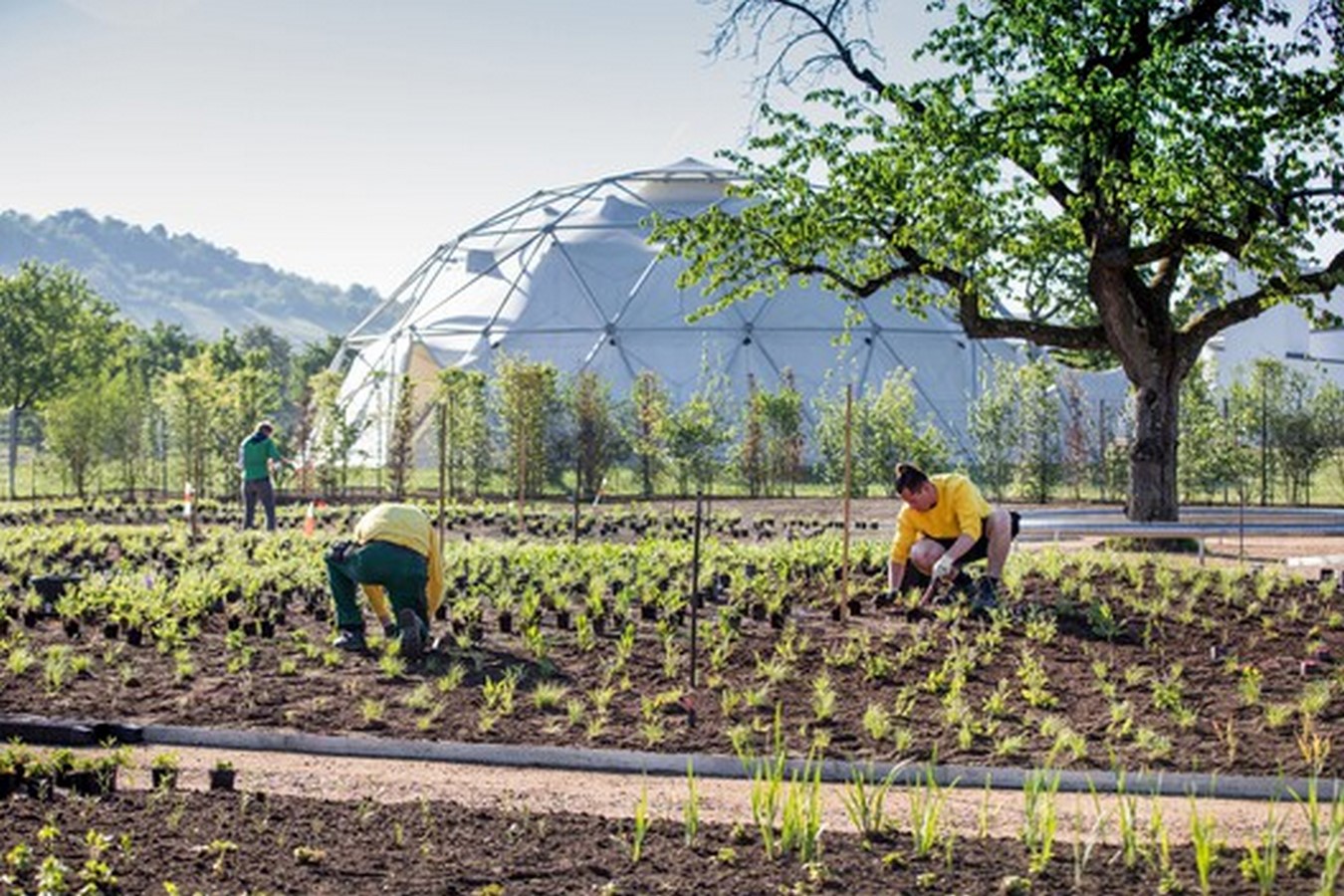
Conclusion
As the Vitra Campus garden takes shape, Piet Oudolf’s vision for a harmonious coexistence of nature and design comes to life. With its promise of ever-changing beauty and immersive experiences, this project epitomizes Oudolf’s enduring legacy as a visionary in the world of landscape architecture.










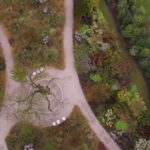

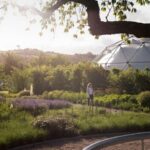
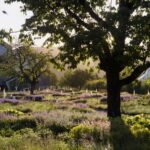



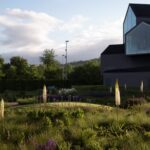
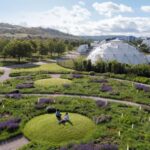


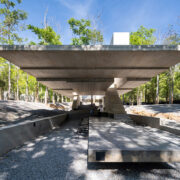


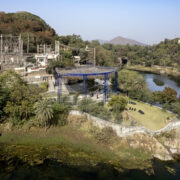
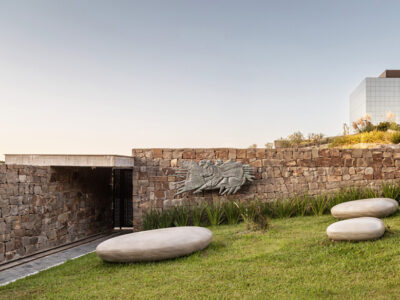
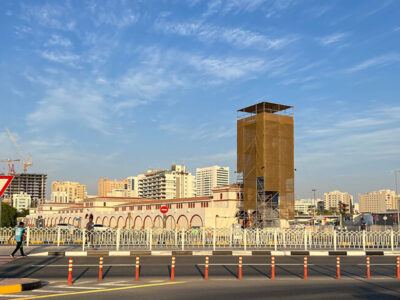

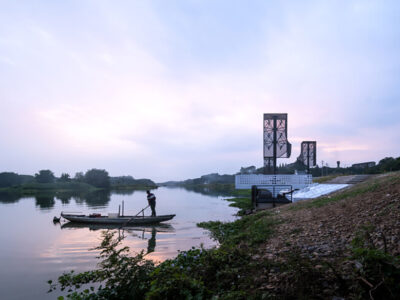
Comments